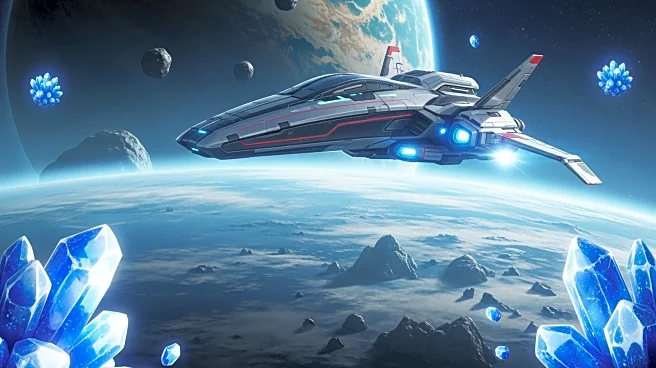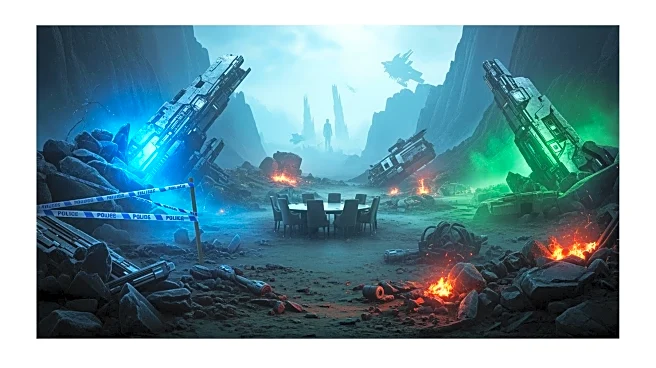What's Happening?
Arc Raiders, a PvP extraction shooter, has reached a new milestone by surpassing 400,000 concurrent players on Steam over the weekend. This marks the third time the game has broken its own record since
its release, previously hitting 250,000 and 328,062 concurrent players. The game is now the fifth biggest on Steam in terms of concurrent users. Analysts attribute the game's success to its focus on community engagement rather than its genre. Arc Raiders is available on multiple platforms, with a significant portion of its player base on Steam.
Why It's Important?
The success of Arc Raiders highlights the growing popularity of extraction shooters and the importance of community-focused gameplay in attracting and retaining players. This trend could influence future game development strategies, encouraging developers to prioritize community engagement and social features. The game's achievement also reflects the competitive landscape of online gaming, where player count and engagement are critical metrics for success. As Arc Raiders continues to grow, it may set new standards for player interaction and community building in the gaming industry.
What's Next?
Arc Raiders is likely to continue expanding its player base as developers introduce new updates and content to maintain engagement. The game's success may prompt other developers to explore similar community-driven approaches in their titles. Additionally, Arc Raiders' performance could lead to increased investment in the extraction shooter genre, with more games entering the market. Stakeholders will be monitoring the game's trajectory to assess its long-term impact on the industry and potential opportunities for collaboration or competition.
Beyond the Headlines
The rise of Arc Raiders underscores the evolving dynamics of the gaming industry, where community engagement is becoming a key factor in a game's success. This shift may lead to broader changes in how games are marketed and monetized, with developers focusing on building strong player communities. The game's popularity also raises questions about the sustainability of such models and the potential challenges in maintaining player interest over time.











